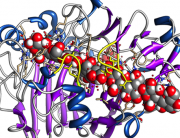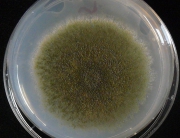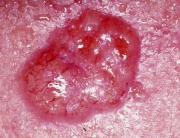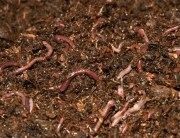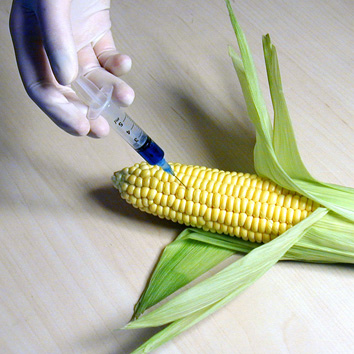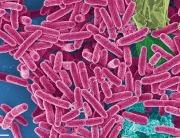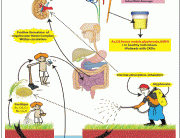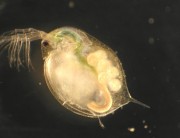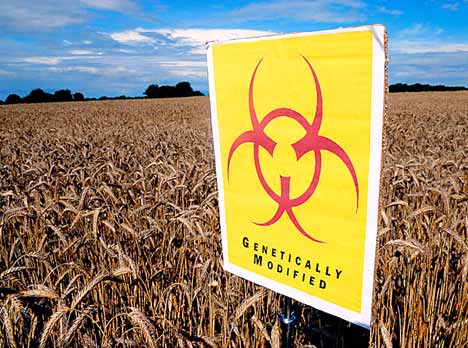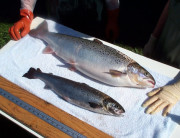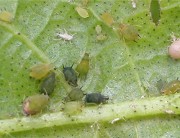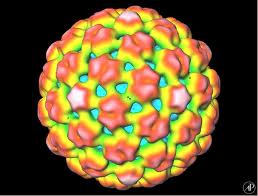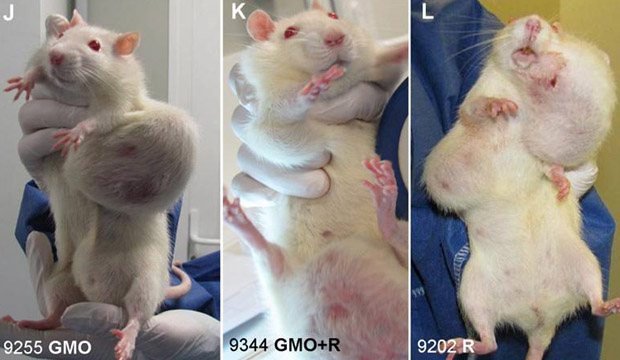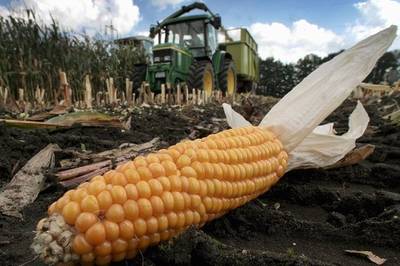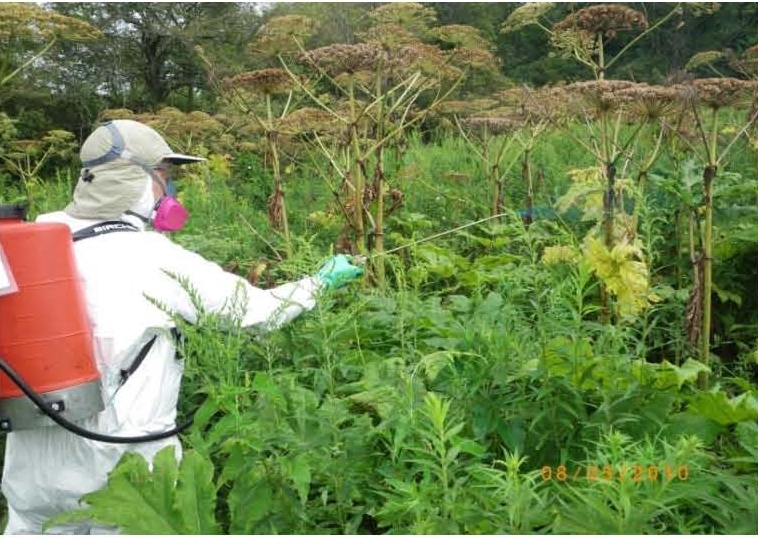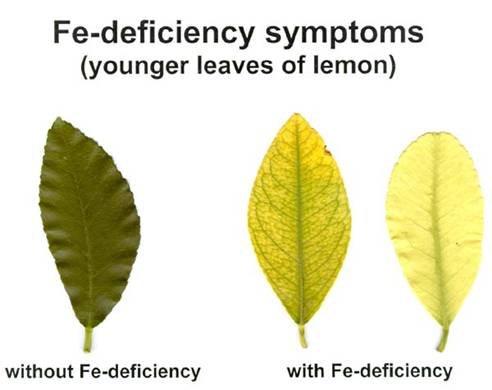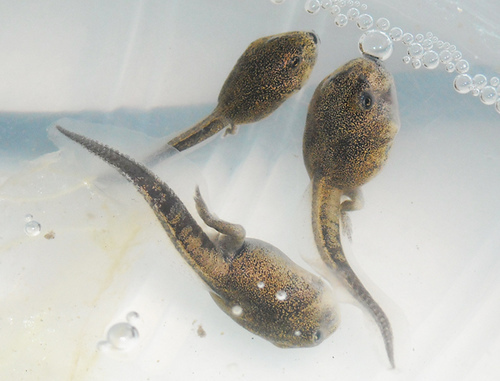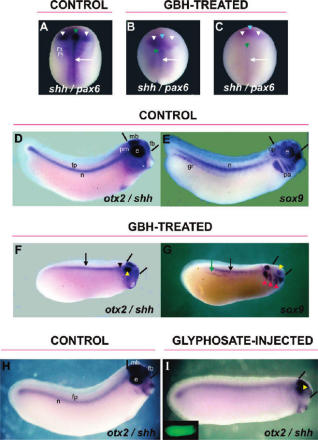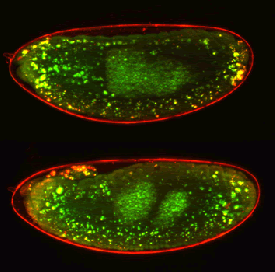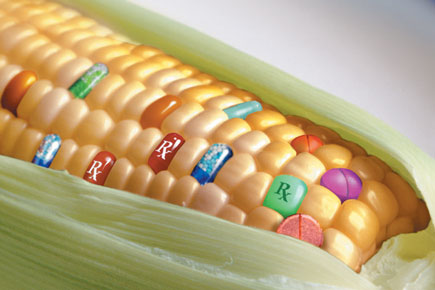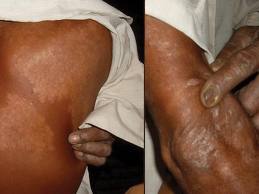This Spanish Institute of Environmental Assessment and Water Research study is one of the few works related to the analysis of glyphosate in real groundwater samples and the presented data confirm that, although it has low mobility in soils, glyphosate is capable of reaching groundwater.
Source: ncbi.nlm.nih.gov
Abstract:
Despite having been the focus of much attention from the scientific community during recent years, glyphosate is still a challenging compound from an analytical point of view because of its physicochemical properties: relatively low molecular weight, high polarity, high water solubility, low organic solvent solubility, amphoteric behaviour and ease to form metal complexes. Large efforts have been directed towards developing suitable, sensitive and robust methods for the routine analysis of this widely used herbicide. In the present work, a magnetic particle immunoassay (IA) has been evaluated for fast, reliable and accurate part-per-trillion monitoring of glyphosate in water matrixes, in combination with a new analytical method based on solid-phase extraction (SPE), followed by liquid chromatography (LC) coupled to tandem mass spectrometry (MS/MS), for the confirmatory analysis of positive samples. The magnetic particle IA has been applied to the analysis of about 140 samples of groundwater from Catalonia (NE Spain) collected during four sampling campaigns. Glyphosate was present above limit of quantification levels in 41% of the samples with concentrations as high as 2.5 μg/L and a mean concentration of 200 ng/L. Good agreement was obtained when comparing the results from IA and on-line SPE-LC-MS/MS analyses. In addition, no false negatives were obtained by the use of the rapid IA. This is one of the few works related to the analysis of glyphosate in real groundwater samples and the presented data confirm that, although it has low mobility in soils, glyphosate is capable of reaching groundwater.
Authors
Sanchís J, Kantiani L, Llorca M, Rubio F, Ginebreda A, Fraile J, Garrido T, Farré M.

























